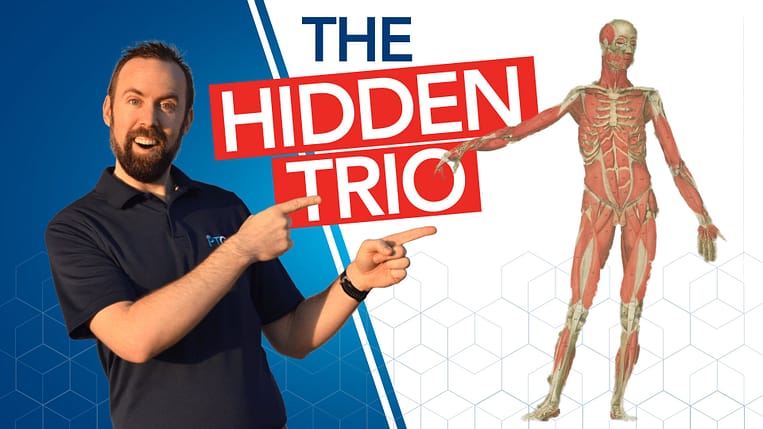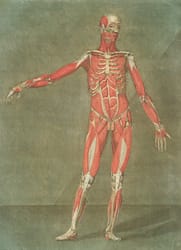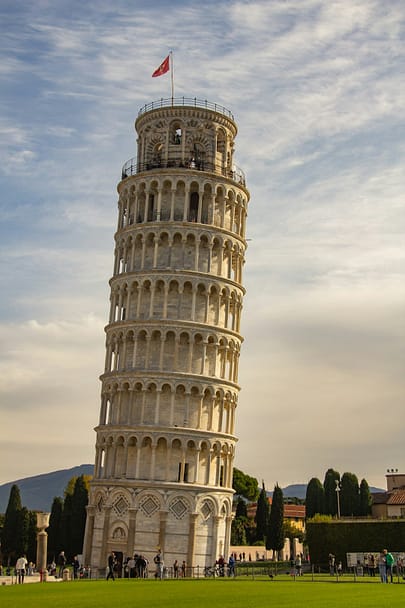
Can Your Posture Really Make You Fall?
Ever wonder why some people seem steady as a rock while others wobble like a Jenga tower in the final round? The secret often lies in your musculoskeletal system—your muscles, bones, and posture working (or not working) together.
In my last post, we broke down the four components of balance. Today, we’re zooming in on the first—and arguably most visible—player: the musculoskeletal system.

The Musculoskeletal System: Your Body’s Framework
Think of your musculoskeletal system as the blueprint and scaffolding of a building. Bones are your beams. Muscles are your cables and supports. Together, they hold up your structure—aka, you.
But here’s the catch: even the best skyscraper will topple if the foundation is weak. For us humans, posture is the foundation that keeps us upright and balanced.
Why Posture Is Everything
Let’s nerd out for a second. Imagine your body is a tall building:
Your feet = the foundation.
Your legs = the support pillars.
Your head = the fancy dome on top (some shinier than others… you know who you are).
Now, if those pillars lean too far forward, backward, or sideways, the whole “building” is at risk. The same happens when we slouch, round our shoulders, or lean too far outside our base of support (the space under and between your feet).
And let’s be honest: many of us are already halfway to the Leaning Tower of Pisa thanks to too much sitting, phone scrolling, or back pain.

The Chain Reaction of Poor Posture
When you lean forward with rounded shoulders, your trunk shifts in front of your base of support. That means:
You’re starting off-balance.
If your balance is challenged, your ability to correct it drops like your phone without a case. (#Oops)
Your risk of falls skyrockets.
This is why improving posture isn’t just about looking taller—it’s about staying upright, steady, and independent.
Strength and Flexibility: The Balance Boosters
Muscles aren’t just for bodybuilders. Strong muscles act like shock absorbers, helping you catch yourself when balance is challenged. Flexibility keeps your joints moving freely so your body can adapt quickly.
If your muscles are weak or your flexibility is limited, your body becomes a stiff, shaky tower instead of a resilient, adaptable structure. Not ideal when you’re trying to avoid kissing the floor.

How to Fix It Before It Fixes You
Here’s the good news: posture, strength, and flexibility can all be improved with the right exercises and awareness. That means less wobbling, more stability, and a better shot at avoiding falls altogether.
Want to learn the practical steps to get started? That’s exactly why I created my free webinar: 3 Secrets to a Fall Proof Life. I’ll show you how to strengthen your “foundation” and keep your balance stool (remember that?) standing strong—without the boring medical jargon.
Stay Upright, Stay Independent
Your musculoskeletal system is the foundation of your balance. Strong muscles, flexible joints, and solid posture keep your “building” upright. Ignore them, and, well… you’re one strong breeze away from tipping.
Don’t let poor posture or weak muscles steal your independence. Watch my free webinar today and take the first step toward a fall-proof life.
